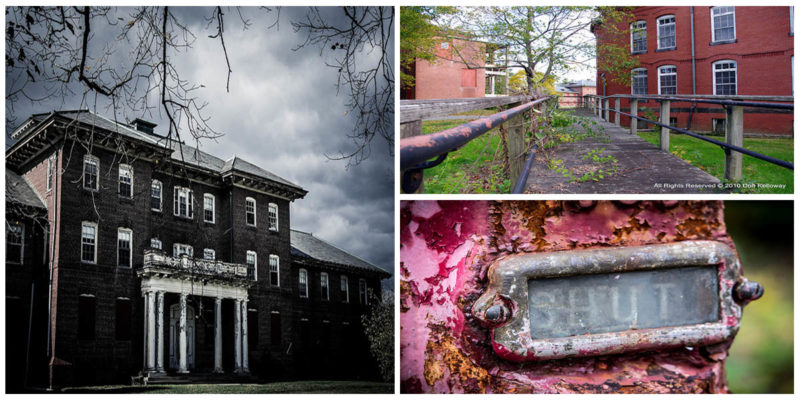Its beginnings are to be found in 1892, but it wasn’t until May of 1896 that this hospital had its doors open for the first time. It was a huge complex, comprised of more than 20 buildings spread across thousands of square meters of land.
It was the first such institution in the state of Massachusetts, and its purpose was to take care of the of those suffering from some form of mental illness. 45 Hospital Road in Medfield was chosen as the perfect location for such an institution and for its designer, they decided to go with William Pitt Wentworth, an architect from Vermont.
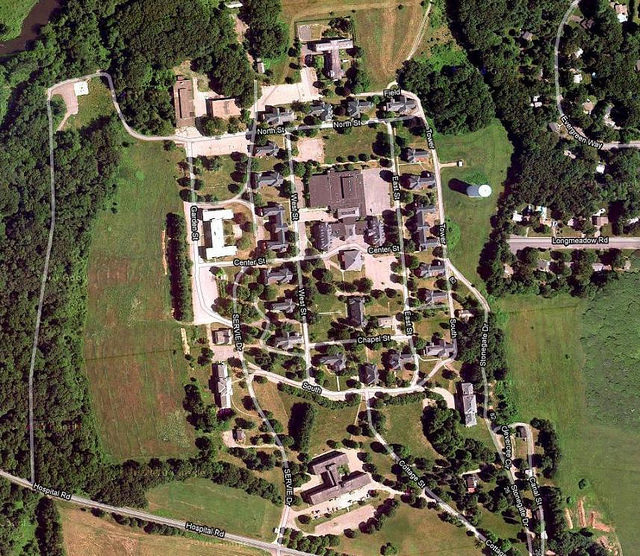
But the design that Wentworth followed was not the Kirkbride Plan, which was a popular layout for mental asylums from the mid-19th century. Its period came and went. The Cottage Plan layout was now the new industry standard and the one he decided to follow.
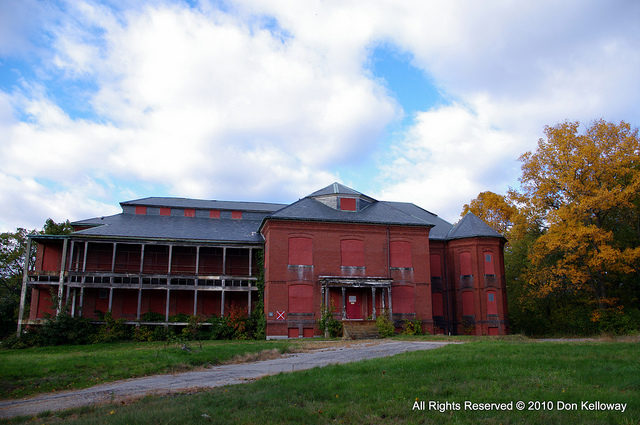
This plan was comprised of a number of different buildings placed across the hospital campus and, unlike the Kirkbride Plan which was one big continuous building, the Cottage plan offered more sunlight and more fresh air.
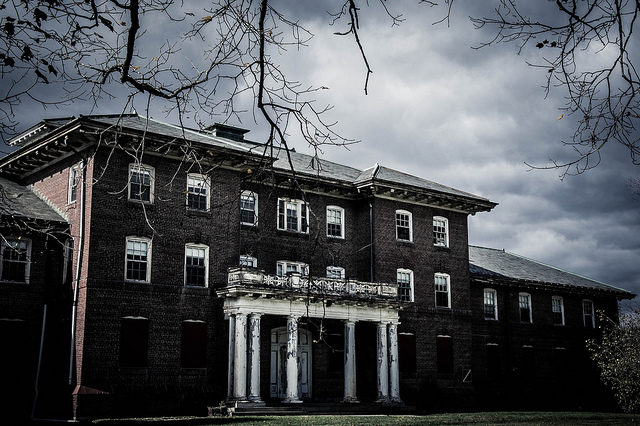
Given the fact that they were individual buildings, where the sleeping rooms were located on the second floor and the first floor resembled family-like living space, the patients themselves felt happier and with that had a bigger chance of recovery.
Back in the days before even this hospital came to be, the way the patients were treated was simply labeled as “barbaric”, even the patients were referred to as inmates as if they were admitted to be locked away instead of treated.
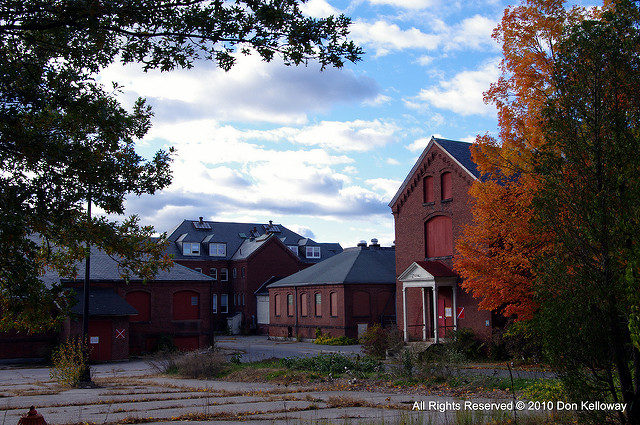
The idea with this hospital was for all of that to change. Its name formally given was Medfield Insane Asylum though years later this was changed to Medfield State Hospital. Over the years the hospital grew even more. At one point, the hospital campus was filled with almost 60 buildings spread across 1.4 square miles of land.
With it grew the capacity of the hospital and the number of patients and during its best years, there were way more than 2,000 and almost 1,000 employees.
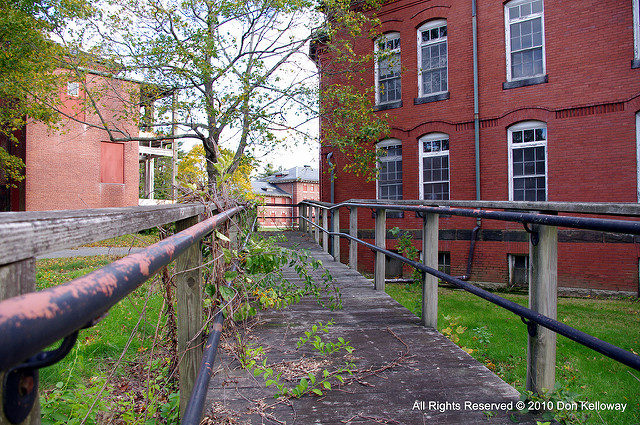
A complex of this magnitude needed to have a way to sustain its size. That is why the hospital produced its own heat and its personal electricity. It had livestock of significant size and big enough farm fields that were used to produce food for the patients and the hospital staff.
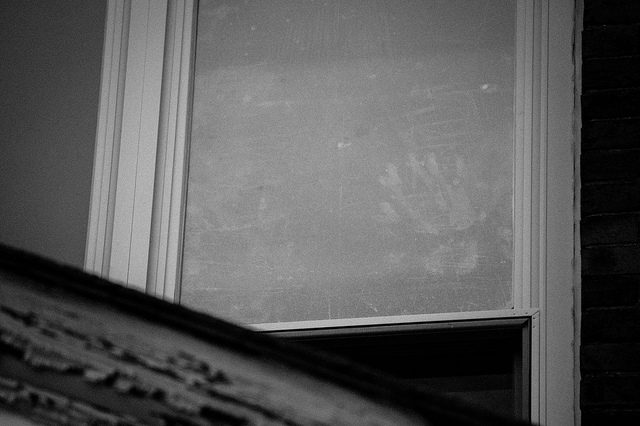
That hospital also had its own water source. According to the statistics, many of the patients had some form of occupation before they lost their grip with the reality.
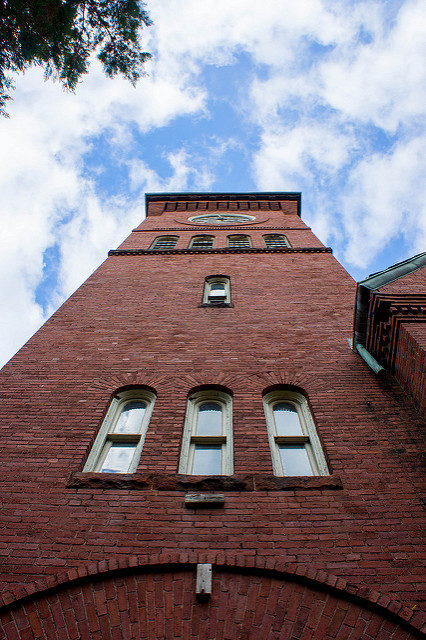
The hospital had ex-shovel makers and blacksmiths and hat makers that eventually fell into sickness and became mad hatters. But fairly present was the female population too and most of them were once hard working housewives. They just couldn’t cope with all of the responsibilities. Being a housewife in those days, meant a 24/7 working week. It was tougher than it sounds.
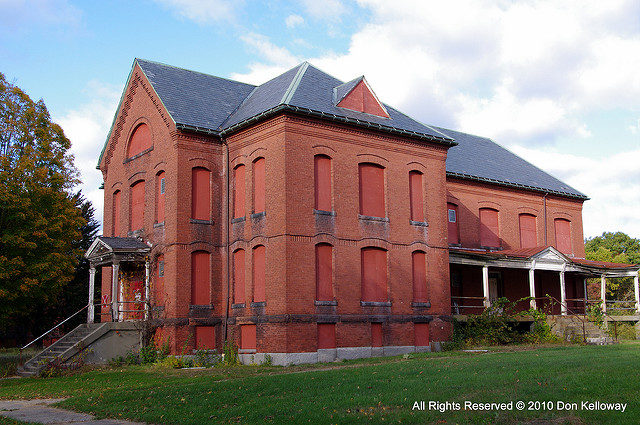
But not matter who hard the hospital tried to improve the living conditions of the patients, someone would always find a way to destroy that picture.
This time that was F. Osmer Hill, a member of the hospital staff, who with no hesitation placed a patient named William Wallace Spearing inside a scorching hot tub. William Wallace struggled for a short period of time after which he fell into shock and eventually died from the burn wounds.

Some of the patients in this hospital had no one to take care of them outside the hospital’s grounds. They were alone in this world, and when it was time for them to leave this world their dead bodies were sold to the University of Harvard.
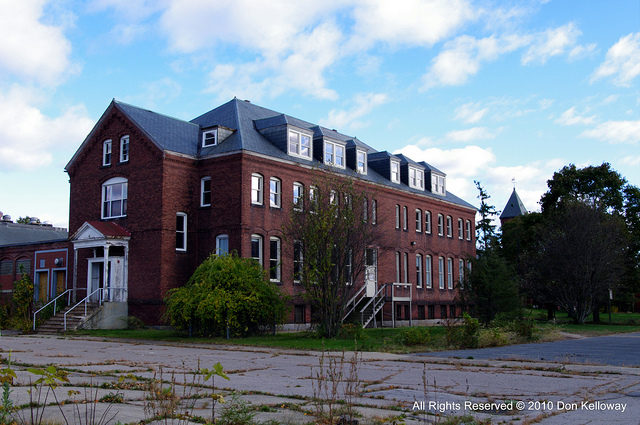
After 111 years, the hospital was finally closed. Once abandoned, Martin Scorsese decided that this was the location for his new film Shutter Island starring Leonardo DiCaprio.
As a reminder of the days long gone and of those trapped by insanity, there is large brown plaque on the hospital’s cemetery that reads “Remember us, for we too have lived, loved and laughed”.
